This is an extraordinary moment in the field of education. Outdated paradigms and thinking patterns are crashing down around us throughout the world, which gives educators an opportunity to help shape the next generation of humans to be more socially, emotionally, and morally astute.
The fields of social-emotional learning (SEL), mindfulness, ethical development, and other prosocially oriented forms of education have emerged to help support and guide teachers’ efforts to transform education. We here at the Greater Good Science Center’s Education Program would like to offer our support as well with the launch of our new website, Greater Good in Education (GGIE).
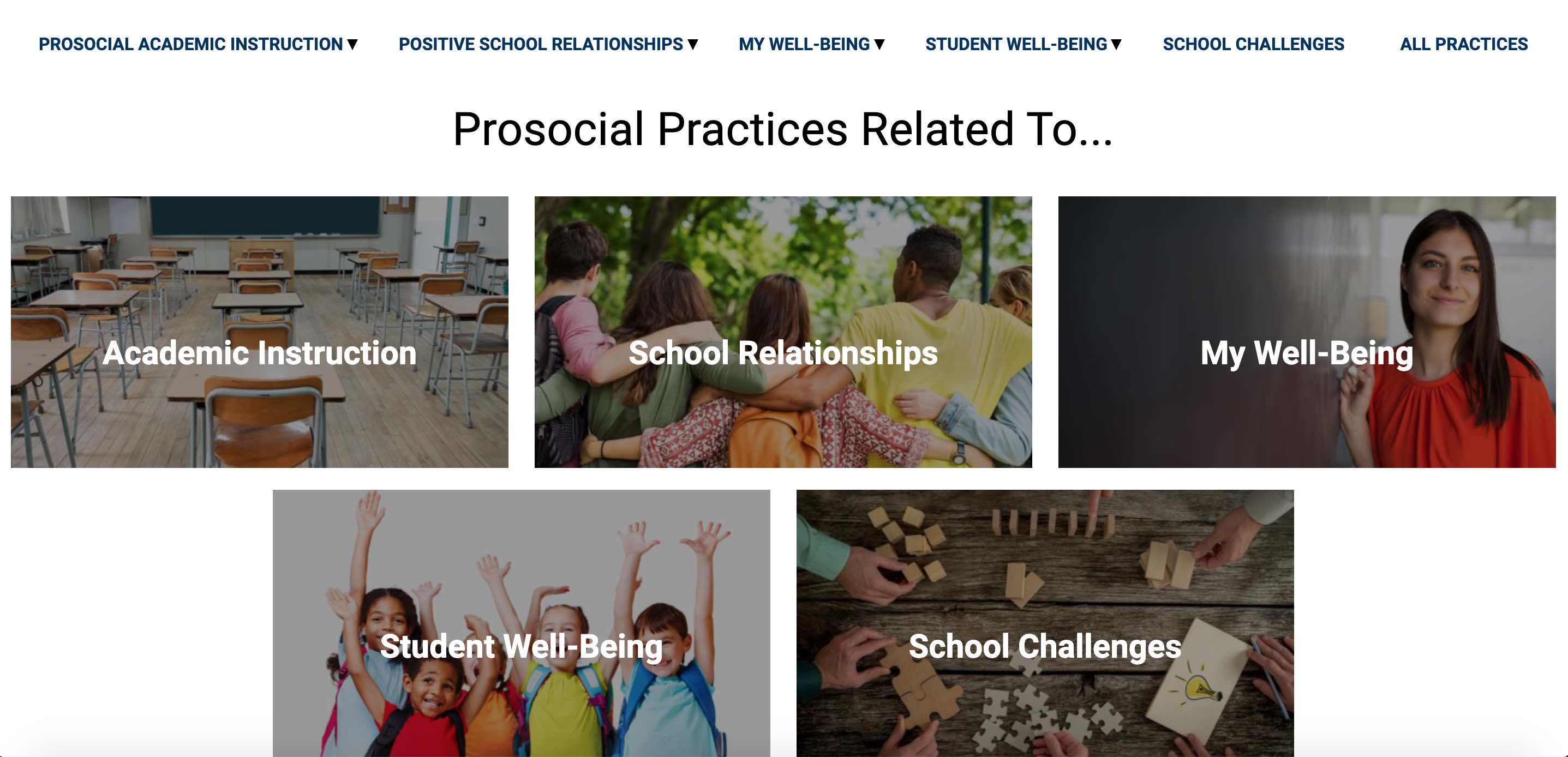 Greater Good in Education offers free research-based and informed strategies and practices for the social, emotional, and ethical development of students, for the well-being of the adults who work with them, and for cultivating positive school cultures.
Greater Good in Education offers free research-based and informed strategies and practices for the social, emotional, and ethical development of students, for the well-being of the adults who work with them, and for cultivating positive school cultures.GGIE offers free, research-based practices for education professionals to help cultivate not just students’ well-being, but their own, as well—and for school leaders to build positive school cultures. Distilling the strategies and practices for the social, emotional, and ethical development of students and the adults who work with them, GGIE synthesizes the top insights and best practices from science, programs, and practitioners.
To design GGIE, we talked extensively to practitioners, researchers, and programmers who are deeply immersed in this work, and we were humbled by the challenges they face. While there is no magic wand that will solve everything, we designed GGIE expressly with these challenges in mind.
By offering choice, GGIE promotes teacher agency. Research has found that in the era of scripted curriculum, excessive testing, and other mandates that tie teachers’ hands, many educators are feeling demoralized.
This is why GGIE does not offer a set curriculum, but rather a plethora of practices that cover a wide variety of prosocial skills, allowing educators to choose what will best serve their students and that also will allow them to teach according to their values.
So, for example, if an educator notices that her students need help understanding their emotions, she might choose Feelings Circle. Or if a high school advisory leader wants to make curriculum more relevant to students’ lives, he might use a practice on developing purpose. Or if students are having a difficult time getting along with each other, a teacher might choose Kindness Buddies.
GGIE takes care of the adults, too. Researchers have discovered that teachers’ stress levels affect their own well-being and that of their students. Indeed, one study found that students’ cortisol levels (indicating stress) were higher in classrooms where teachers experienced more burnout. And another study found that some students demonstrated fewer gains in executive functions when their teachers reported high levels of stress.
GGIE offers an entire section dedicated to staff and teacher well-being called My Well-Being, and includes practices on mindfulness, self-compassion, gratitude, and other skills that help cultivate adult social-emotional competencies.
And because we believe that you can’t teach what you don’t know, each practice for students includes a “Reflection Before the Practice” section that encourages educators to try the practice themselves first before sharing it with students.
GGIE helps foster a positive school climate. Studies have found that trust between the adults in a school is at the heart of school reform. And the only way to cultivate trust is to cultivate strong relationships in which everyone is looking out for the other.
Building trust does not happen overnight—it takes time, sometimes many years, as people demonstrate their dependability, honesty, vulnerability, and, most importantly, their benevolent intentions toward each other.
The GGIE section on Positive Staff Relationships includes many practices that help foster trust. For example, Staff Meeting Rituals That Build Trust and Community offers opening and closing prompts for staff meetings that help staff members get to know one another and feel optimistic about their work. Gratitude for the Wider School Community gives staff the opportunity to thank each other for their kindnesses—a powerful research-based activity that has been found to foster strong relationships.
No time? GGIE shows how to integrate SEL into academics. SEL does not need to be relegated to a 30-minute lesson once a week. In fact, research shows that weaving prosocial themes into typical academic topics such as social studies, science, language arts, and art can be a powerful way to grow students’ social-emotional competencies. GGIE suggests ways to shape lessons that implicitly teach social-emotional skills:
- English teachers can help students develop empathy by examining the motivations and personalities of characters, as suggested through the practice Fostering Empathy Through Literature.
- History teachers can promote gratitude through People Who Made a Difference, a practice that guides students to research historical figures who have worked to make the world a better place and then express gratitude for what they did.
- Science teachers can use science to foster meaning and purpose in their students through the practice Making Science Meaningful.
- And Drawing as a Way to Manage Emotions gives art teachers a way to use art to teach emotion regulation.
GGIE recognizes and honors the diverse needs and backgrounds of students. As our understanding of human development deepens, the fields of SEL, mindfulness, and other prosocial skills recognize that one size does not fit all. Indeed, adjustments may need to be made to make practices trauma-informed or culturally responsive or to serve students with special needs—and GGIE makes suggestions for each of these areas.
For example, we consulted with a trauma expert to help create a how-to list for teachers working with students who have experienced trauma. One recommendation to help students feel safe is to use invitational language; so instead of saying “Close your eyes” at the beginning of a mindfulness practice, say “I invite you to close your eyes or soften your gaze.”
An expert in diversity, equity, and inclusion (DEI) also helped us to make GGIE’s commitment to DEI practical by creating a set of guidelines for educators on how to adapt practices to fit the needs and norms of students’ and families’ respective communities. We also included questions in the “Reflection Before the Practice” and “Reflection After the Practice” sections that help teachers see the practice through a DEI lens. For instance, we encourage educators to reflect on whether the practice privileges their values over those of their students, and, if it does, how these differences might be honored in a way where none are viewed from a deficit lens.
Finally, we enlisted the services of a school mental health professional to create a how-to list for adapting practices for students with special needs. For example, when working with students with attention challenges, teachers might consider substituting a sitting-based mindfulness practice with a mindful movement practice. For students with Autism Spectrum Disorders who can have challenges with perspective taking, educators need to teach the “hidden curriculum,” or those implicit social rules that involve interpreting facial expressions and behavioral cues, by clearly explaining and reinforcing group discussion rules on a regular basis.
GGIE also recognizes that everyone in the education community, including us, is learning how to adapt SEL, mindfulness, and other prosocial skills to fit the needs of diverse students—so it is with great humility that we offer these ideas, and we encourage GGIE users to share insights with us and each other so that we may learn together.
Striving to create a kinder, more compassionate, and equitable world through education may seem like a daunting task—and it is. But we must start somewhere.
Even choosing just one thing, like starting a class with a mindful moment or ending a staff meeting with a gratitude circle or offering a warm welcome to families on the first day of school, can have a ripple effect greater than we can imagine. GGIE is there to help educators create this ripple—we look forward to joining you on this journey.

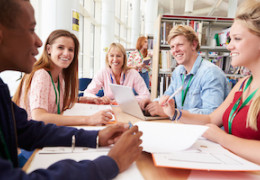


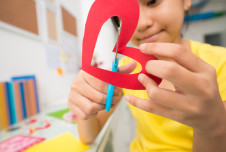

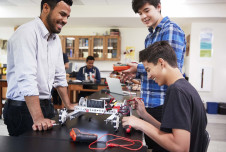
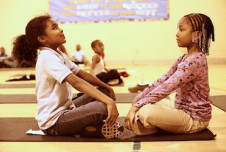
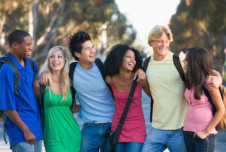
Comments